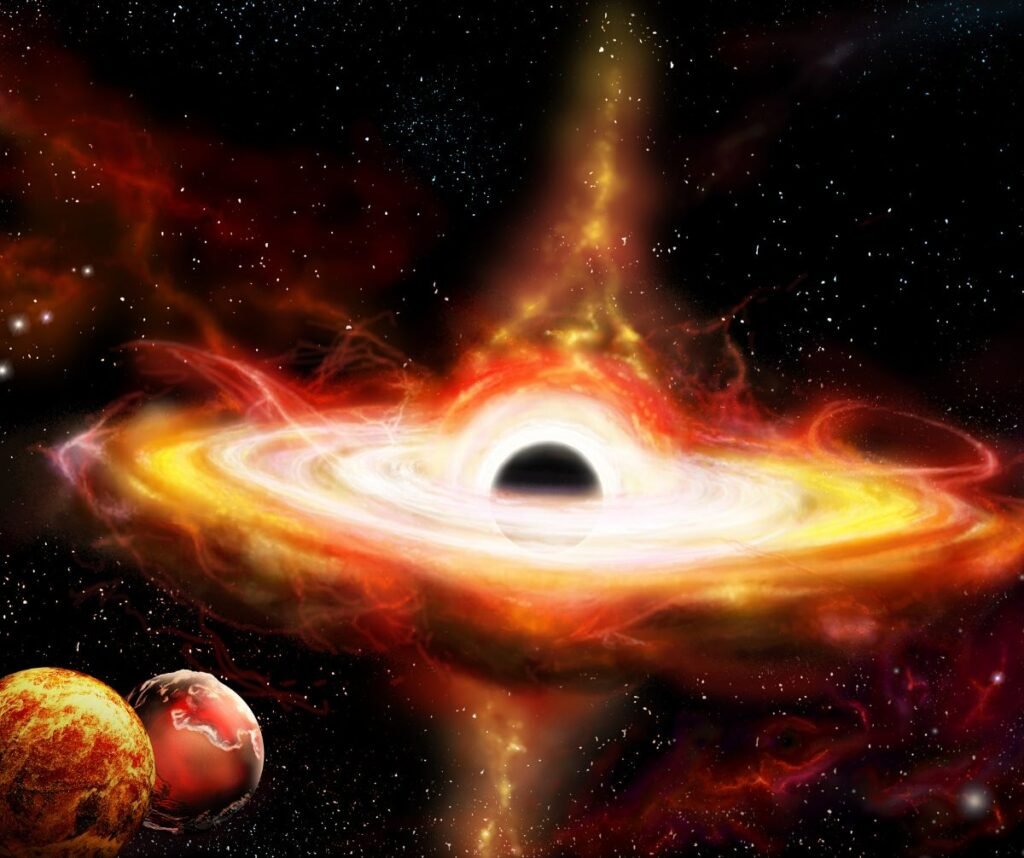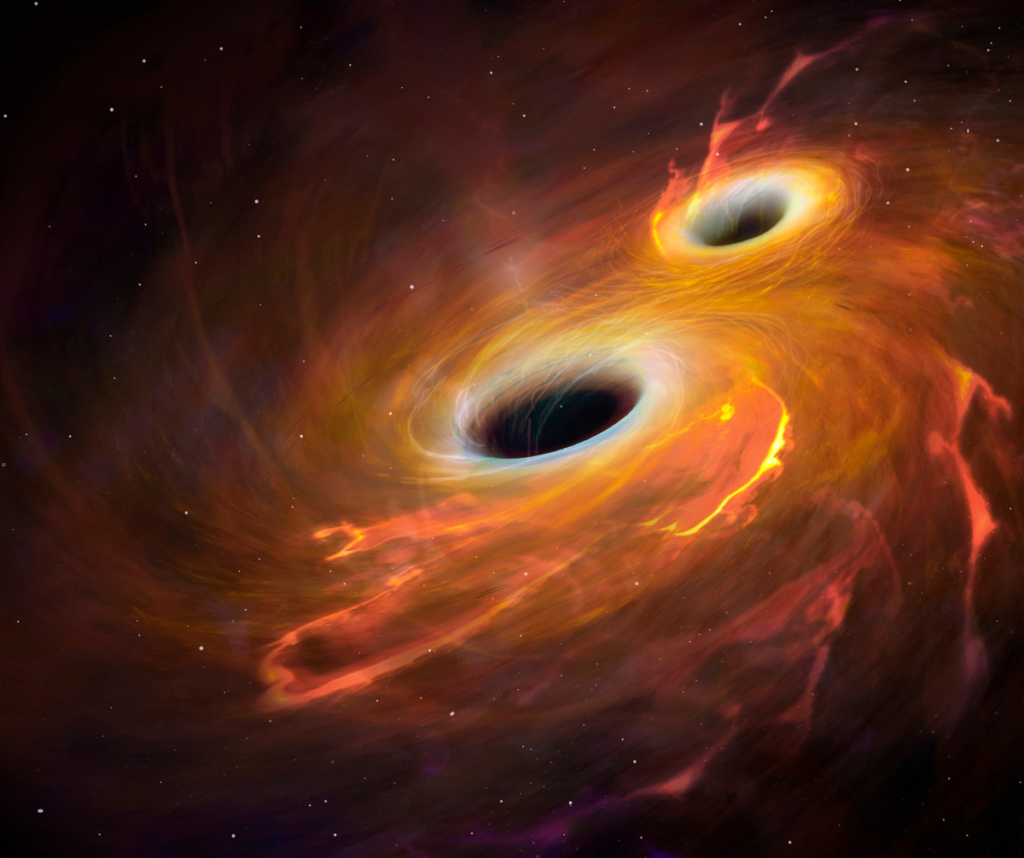The exploration of the universe has always intrigued humanity, uncovering numerous marvels and enigmas of the universe.
Two exceptional occurrences that have mesmerized scientists and supporters of space are black holes and gravitational waves.

Black holes and gravitational waves, though seemingly fictional, are actual phenomena that hold immense significance in our comprehension of the universe.
Black holes are mysterious entities with immensely powerful gravitational forces and are accompanied by gravitational waves, which are undulations in spacetime resulting from the acceleration of massive objects.
These are areas in space with such strong gravity that even light cannot escape. They are created when massive stars collapse, causing a supernova.
The core then collapses under its own gravity, forming a singularity surrounded by an event horizon, which marks the black hole’s boundary.
When black holes collide or interact with other massive entities, they discharge gravitational waves that travel through the cosmos. These waves convey data regarding the objects’ masses, spins, and positions.
Through identifying and examining these waves, experts can acquire knowledge about the characteristics of black holes and the incidents that triggered their creation.
Laser Interferometer Gravitational-Wave Observatory (LIGO)
LIGO uses laser beams to measure tiny changes in the lengths of two perpendicular arms caused by passing gravitational waves.

The interferometers detect these minute changes, allowing scientists to identify and analyze the gravitational waves’ properties, such as their frequency and amplitude.
As gravitational wave astronomy progresses, scientists hope to answer fundamental questions about the universe.
These include the nature of dark matter, the existence of primordial black holes, and the possibilities of new physics beyond our current understanding.
The future holds the promise of even more remarkable discoveries and breakthroughs. Are you also intrigued by the enigmatic realms of black holes and gravitational waves?



